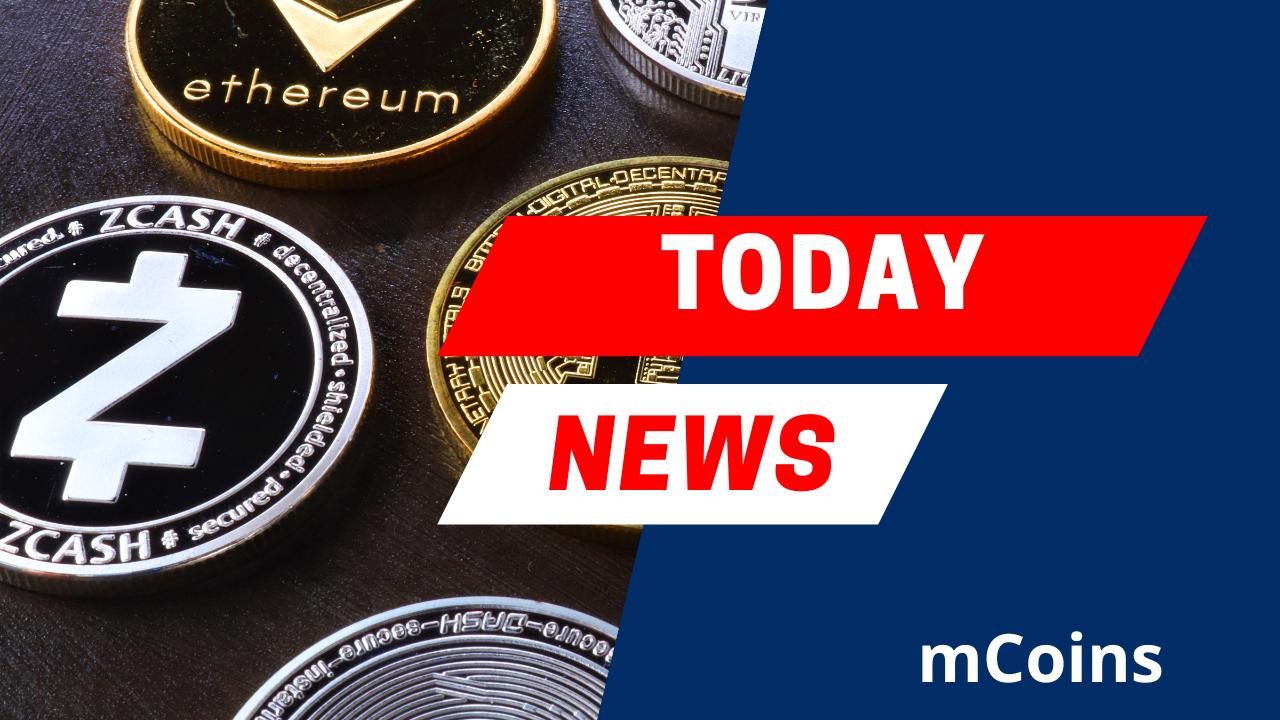In a recent face-off among Proof of Stake (PoS) ecosystems, Kava Chain's updated tokenomics have been scrutinized and compared to other prominent blockchain networks. The comparison focused on five critical criteria: maximum token supply, staking rewards, governance, monetary policy, and ecosystem support.
Token Supply and Market Dynamics
Kava Chain has established a hard cap on its circulating supply at approximately 1 billion KAVA tokens, a stark contrast to the uncapped supplies of Ethereum (ETH), Solana (SOL), and Cosmos (ATOM). Furthermore, Kava stands out as over half of the circulating KAVA is locked in a community-owned Strategic Vault, limiting its market availability and protecting against potential volatility from venture capital unlocks which is not the case with other ecosystems.
Staking Rewards and Incentive Structures
Kava's staking rewards are notably multifaceted. An annual allocation of 10 million KAVA from the Strategic Vault is supplemented by additional incentives through the Kava Rise and Kava Ignition programs. This diversified rewards structure contrasts with other PoS chains that primarily rely on inflation to fund reward distributions.
Governance: Community-Driven Decision Making
The on-chain governance model of Kava Chain offers a more agile and transparent decision-making process than Ethereum, Solana, and Cosmos. The Kava community has been actively pursuing increased decentralization to empower KAVA holders and bolster democratic participation in the ecosystem.
Monetary Policy: Fixed Supply versus Inflation
While Ethereum adapts its supply based on network requirements and Solana and Cosmos opt for inflationary models, Kava's fixed supply model introduces predictability and scarcity, which could potentially be beneficial as demand increases.
Ecosystem Support: On-chain Versus Off-chain
Unlike Ethereum and Solana that rely on external support from venture capitalists and foundations, Kava's ecosystem support is driven by on-chain mechanisms managed by the Strategic Vault. This approach promotes a decentralized and self-sustaining model that may prove more resilient in volatile market conditions.
The analysis of Kava Chain's tokenomics reveals a distinct path within the PoS landscape. By halting emissions for a fixed supply, KAVA tokens have become scarce when compared to peers. The chain's progress towards decentralization and diverse reward systems underlines its commitment to community involvement and positions it as an innovative blueprint for sustainable growth in the Web3 era.




